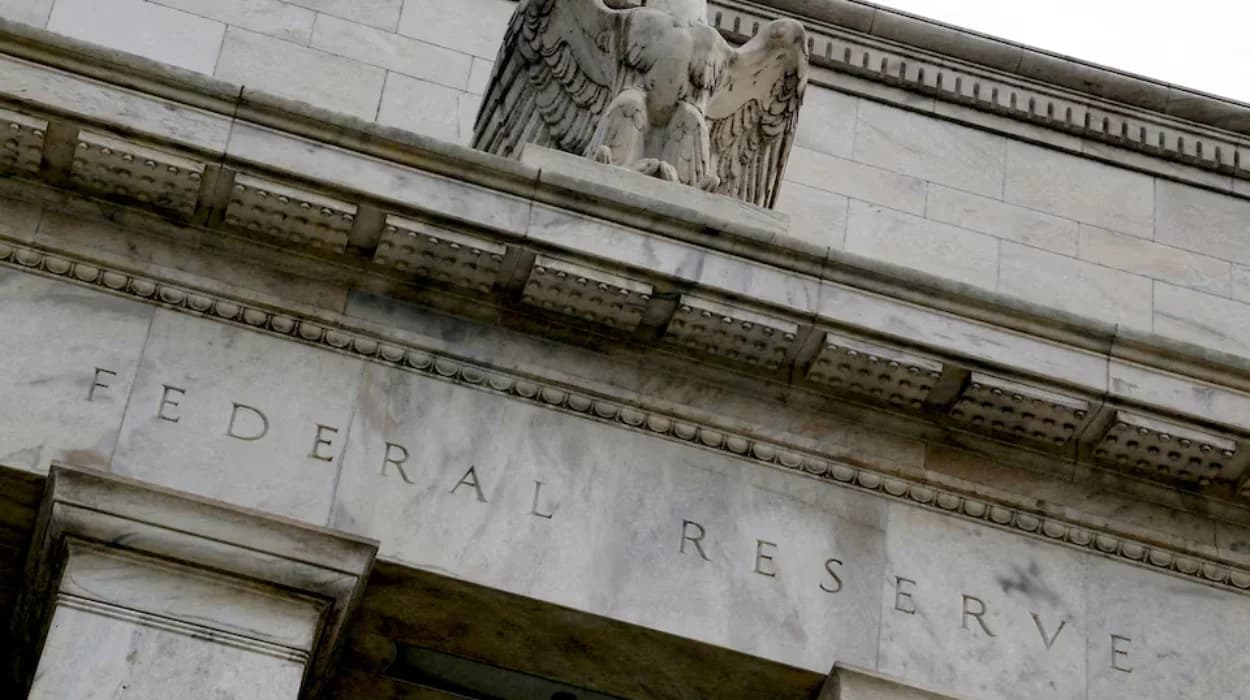U.S. financial markets entered October 2025 with a mix of volatility and optimism as investors digested fresh economic data suggesting a slowing economy, hoping that this would prompt the Federal Reserve to accelerate interest rate cuts. Despite troubling signs such as slowing job growth and stubborn inflation, equity markets rallied with increased expectations that the Fed could soon provide the “rocket fuel” of rate reductions to stimulate growth.
The recent Federal Reserve rate cut in September, which lowered the federal funds rate by 25 basis points to a range of 4.00% to 4.25%, was the central bank’s first reduction since December 2024. Several analysts and market watchers now anticipate further policy easing, potentially two or more rate cuts by the end of the year. These expectations have infused risk assets with new energy, even amid broader macroeconomic concerns.
Economic Data Fuels Rate Cut Expectations
The Federal Reserve’s September decision to cut rates signaled a shift from an aggressive hiking cycle toward accommodative monetary policy due to a softening labor market and stalled inflation declines. Slow payroll growth during summer and recent inflation figures fueled speculation that the Fed will continue reducing borrowing costs to sustain the economic expansion.
Financial futures markets suggest an 86% probability of another 25 basis points cut at the Fed’s October 28-29 meeting, with contracts pricing in nearly 70 basis points of rate reductions for 2025. Morgan Stanley economist Ellen Weiss explained,
“The market is now confidently pricing in multiple rate cuts within a short period, anticipating the Fed will provide the necessary fuel to avoid recession.”
Market Reaction: Optimism Amid Uncertainty
Stock markets reacted positively to the prospect of falling interest rates. The Dow Jones Industrial Average and S&P 500 experienced gains in recent sessions, buoyed by investor confidence that cheaper credit conditions will support corporate earnings and consumer spending.
Bill Johnson, Chief Investment Officer at Crestview Capital, remarked,
“Bad economic news is becoming good news for markets because it increases the odds of the Fed loosening policy. Investors see the potential for improved liquidity and growth prospects ahead.”
Yet, he cautioned that markets remain vulnerable to volatility given the complex balance between slowing growth and persistent inflation.
Inflation, Jobs, and the Fed’s ‘Delicate Dance’
The Federal Reserve continues to navigate a challenging economic environment, balancing the dual mandate of controlling inflation and maximizing employment. Inflation remains elevated, with core Personal Consumption Expenditures (PCE) inflation projected at 3.1% for 2025 and 2.6% in 2026, slightly higher than earlier forecasts, reflecting stubborn price pressures.
Meanwhile, the labor market shows signs of slowing. Job growth has been below 100,000 for four consecutive months, a significant drop from previous robust months. Unemployment is expected to edge up modestly but remain around 4.4% in 2026, signaling a softening without a severe spike.
Jerome Powell, Federal Reserve Chair, emphasized in a recent statement,
“The Committee is attentive to the evolving economic data and stands ready to adjust the monetary policy stance as appropriate to support its goals of maximum employment and price stability.”
This ‘delicate dance’ of policy adjustments aims to avoid abrupt shocks while steering the economy away from recession risks.
Impact on Borrowers and Savers
Consumers and businesses stand to benefit directly from potential rate cuts. Lower interest rates translate to reduced borrowing costs for mortgages, business loans, and credit cards, potentially invigorating demand in housing and capital expenditures.
Mortgage refinance rates have already dropped to near three-year lows; for example, 30-year fixed refinance rates dipped to about 6.13% in late September. Mortgage broker Jane Ellis commented,
“With several more rate cuts expected, homeowners now have a golden window to lock in lower monthly payments and potentially save thousands over the life of a loan.”
Conversely, savers may experience slightly reduced yields on certificates of deposit and high-yield savings accounts, as these rates often track the federal funds rate. Balanced investment strategies will continue to be important amid shifting interest rate environments.
Challenges and Risks Ahead
Despite the optimism, economic uncertainties remain. Inflation’s resilience and geopolitical tensions inject risks into the outlook. Supply chain disruptions and energy price volatility may sustain inflationary pressures, limiting the extent of Fed easing.
Analysts stress that the Fed’s forthcoming policy decisions will rely heavily on incoming economic data. The possibility exists that the central bank may adopt a more cautious stance if core inflation remains stubborn or if labor market data unexpectedly strengthens.
Michael Rivera, Senior Economist at Global Strategy Group, stated,
“Markets are pricing ‘bad news is good news,’ but the Fed’s credibility depends on balancing growth support and inflation control. Policy missteps could lead to market turbulence.”
Broader Economic Growth Outlook
Revised Federal Reserve projections show modest improvements in GDP growth forecast for 2025 and the following years, with 2025 expected to grow by 1.6%, slightly up from 1.4% in June. Projections for 2026 and 2027 were similarly nudged upward, reflecting cautious confidence.
However, some economists warn the economy is likely to encounter slower growth moving forward due to global uncertainties and structural challenges. Factors such as an aging workforce, evolving technology disruptions, and geopolitical risks remain critical considerations.
Hope Fueled by Fed’s Easing Signal
Markets have seized on the Federal Reserve’s signaling of easing policies as a source of “rocket fuel” to propel equities and risk assets higher. The expectation that interest rates will continue falling in late 2025 has helped offset jitters about economic growth and inflation.
Yet, the optimistic market sentiment depends on the Fed’s ability to calibrate its actions deftly without reigniting inflation or undermining its credibility. Investors and policymakers alike remain vigilant, watching economic indicators carefully as the October meeting approaches.

